Places to Play
Here's every course you can play that has hosted a USGA championship
USGA championships—from the Opens to the Amateurs to the team events—mark the pinnacle of competition for both amateurs and professionals. To test all facets of a player’s game, the USGA stages its championships at our nation’s finest and most demanding courses. Though not every course that has hosted a USGA championship shares the storied history of Pebble Beach or Pinehurst, simply hosting one of our country’s national championships is an indicator of a quality golf course worth playing.
With the 2022 U.S. Senior Women’s Amateur being played at Anchorage Golf Course in Alaska, the USGA has now held one of its championships in all 50 U.S. states, as well as the District of Columbia. And while many of those championships have been contested on private courses, there are nearly 150 courses across 40 states that have hosted a USGA championship and are currently open for public play.
Which of these public courses are worth playing? We've gathered information on each course, as well as feedback from our Golf Digest course panelists as part of the relaunch of our storied Places to Play franchise.
Alabama

The Lakewood Club: Dogwood
Point Clear, AL
Alaska

Arizona





California

 - Jon Cavalier.jpeg.rend.hgtvcom.406.229.suffix/1573163040843.jpeg)

CordeValle Golf Club
San Martin, CA







Colorado

The Broadmoor Golf Club East Course
Colorado Springs, CO

The Broadmoor Golf Club West Course
Colorado Springs, CO



Garden of the Gods Club: North/South/West
Colorado Springs, CO




Connecticut
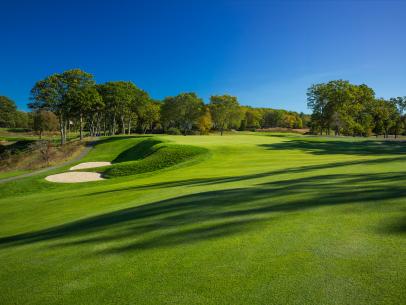
Yale Golf Course
New Haven, CT
District of Columbia

Watch Golf Digest's 'Every Hole At' Series
Florida

Omni Amelia Island Resort: Oak Marsh
Amelia Island, FL

From Golf Digest Architecture Editor emeritus Ron Whitten:
I've always been fascinated by the design of Bay Hill, Arnold Palmer's home course for over 45 years (although Tiger Woods owns it, competitively-speaking, as he's won there eight times.) For one thing, it's rather hilly, a rarity in Florida (although not in the Orlando market) and dotted with sinkhole ponds incorporated in the design in dramatic ways.
I always thought the wrap-around-a-lake par-5 sixth was Dick Wilson's version of Robert Trent Jones's decade-older 13th at The Dunes Club at Myrtle Beach. Each of the two rivals had claimed the other was always stealing his ideas. But the hole I like best at Bay Hill is the par-4 eighth, a lovely dogleg-right with a diagonal green perched above a small circular pond. Okay, I admit that it reminds me of the sixth at Hazeltine National, another Trent Jones product, but I don't think Wilson picked Trent's pocket on this one, as both courses were built about the same time, in the early 1960s.
For our complete review, visit Bay Hill's Places to Play page here.


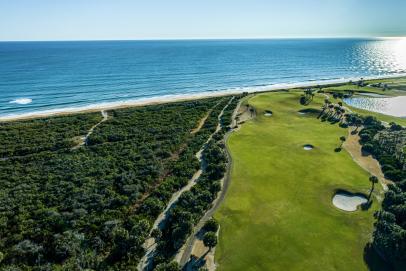
Hammock Beach Golf Resort & Spa: Ocean Course
Palm Coast, FL



Georgia


Hawaii



Idaho

Illinois





Indiana





.jpg.rend.hgtvcom.406.271.suffix/1649444033854.jpeg)
Kansas


Kentucky



Louisiana

Maine

Maryland

Massachusetts


From Golf Digest Architecture Editor emeritus Ron Whitten: Fort Devens in Massachusetts was an army facility dating back to 1917, once a city unto itself, housing 10,000 soldiers, with its own water and sewer systems, its own schools, its own airport. Just 35 miles west of Boston, it was both a training ground and stopping-off point for troops fighting in both World Wars. Before heading to Europe in 1942, General George Patton taught tank maneuvers there. In the late 1980s, much of the soil beneath the fort's thousands of acres was found to be contaminated with the residue of war: arsenic, chromium, nickel, lead, asbestos, battery acid, waste oil and incinerator ash. It became the focus of an enormous (and enormously expensive) clean-up, first by the military and, after the fort was decommissioned in 1995, as a federal EPA Superfund project. The community is now called Devens, Mass., offering a commerce center, business park, private residences, wildlife refuge and a public golf course.

Michigan


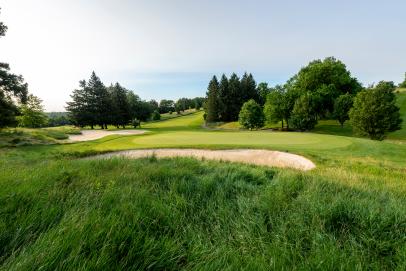
Minnesota








Mississippi

From Golf Digest Architecture Editor emeritus Ron Whitten: I've always admired Jerry Pate's work in golf architecture. He was one of the few PGA Tour pros who really got down and dirty in golf design, and I especially liked the few courses he did with architect Bob Cupp. Their second collaboration was Old Waverly in tiny West Point, Miss., a dream project of West Point native George Bryan, who at the time was chairman of the meat division of the Sara Lee Corporation based in the tri-city area (West Point, Starkville and Columbus) known as Mississippi's Golden Triangle. Cupp was just two years removed from his employment as Jack Nicklaus’ chief designer, and Pate was still active on the PGA Tour when they started the project in August 1986. Both spent a lot of time on the site. I remember Pate was as proud of the massive drainage system he successfully persuaded Old Waverly to adopt as he was of the many strategies he helped impart in its holes. The course opened in August 1988 to immediate acclaim, finishing No. 3 among Golf Digest's Best New Private Courses in 1989.
(The above is an excerpt of our architecture editor's full analysis of Old Waverly. Click here for Ron Whitten's full review.)
Missouri


Nevada

New Jersey



New Mexico

New York




North Carolina
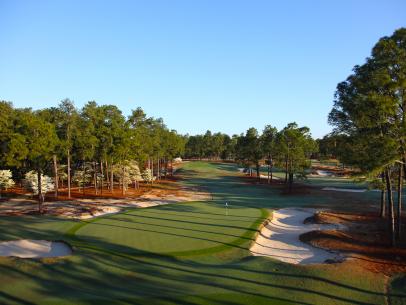

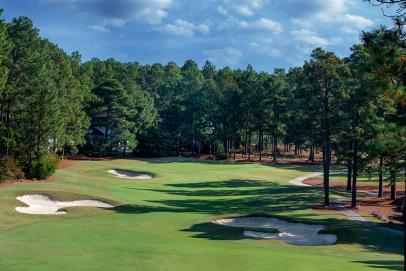




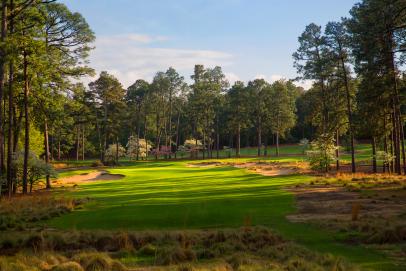

Ohio






Oklahoma


Oregon










Pennsylvania



South Carolina
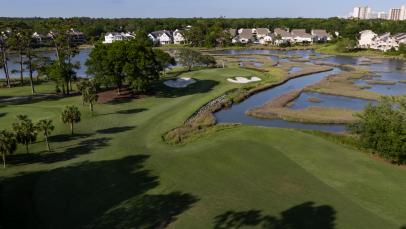
The Dunes Golf & Beach Club
Myrtle Beach, SC



South Dakota

Texas



Utah

Virginia

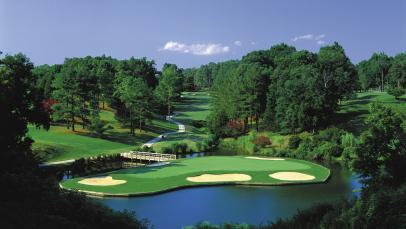



Washington







West Virginia

Wisconsin







Wyoming








